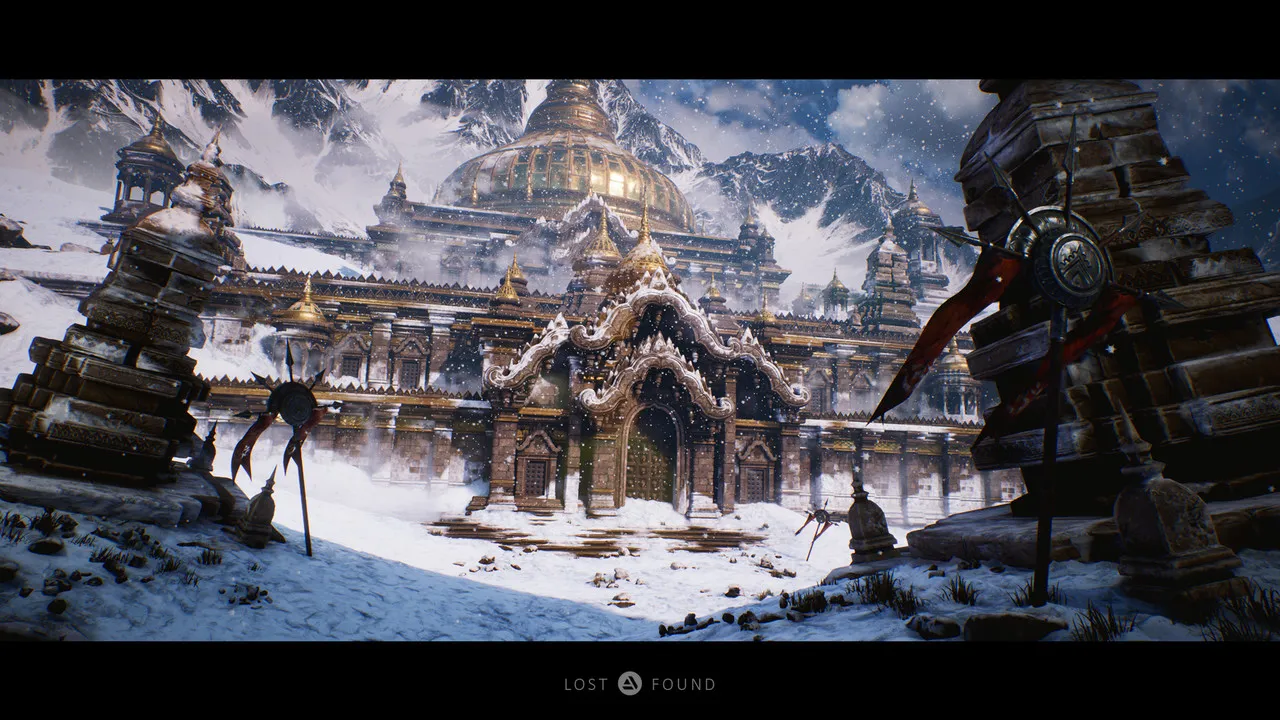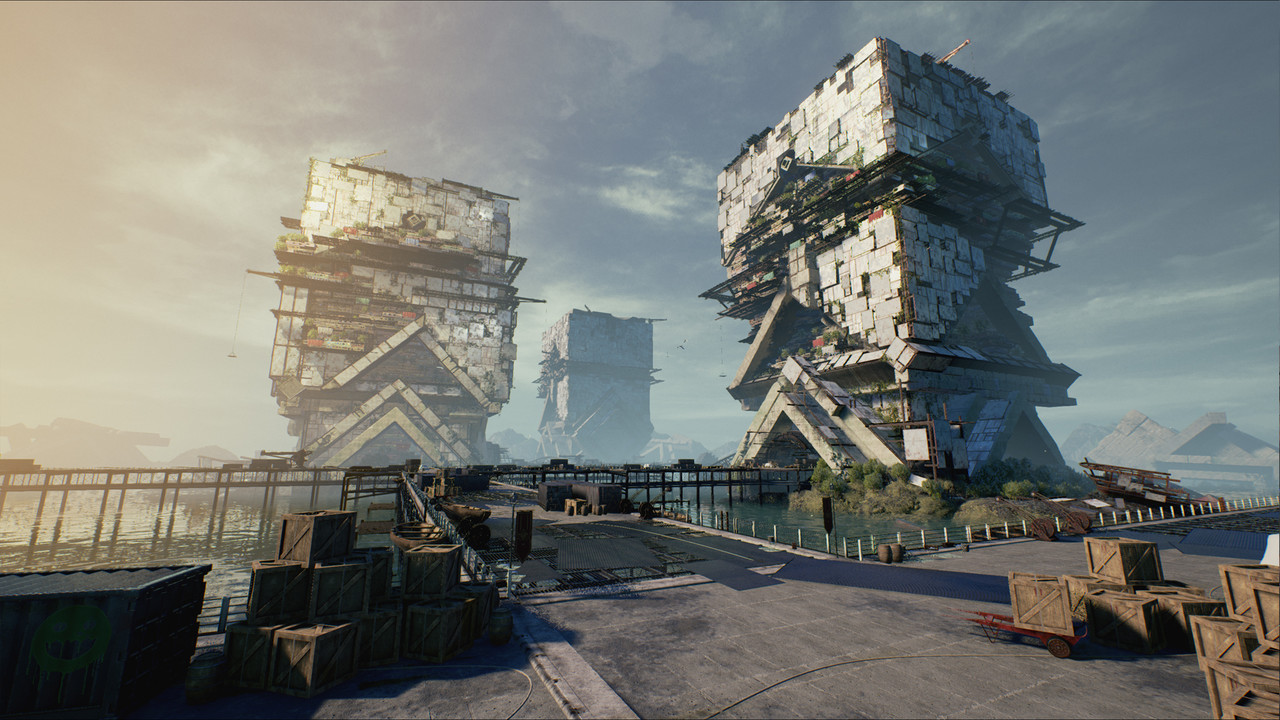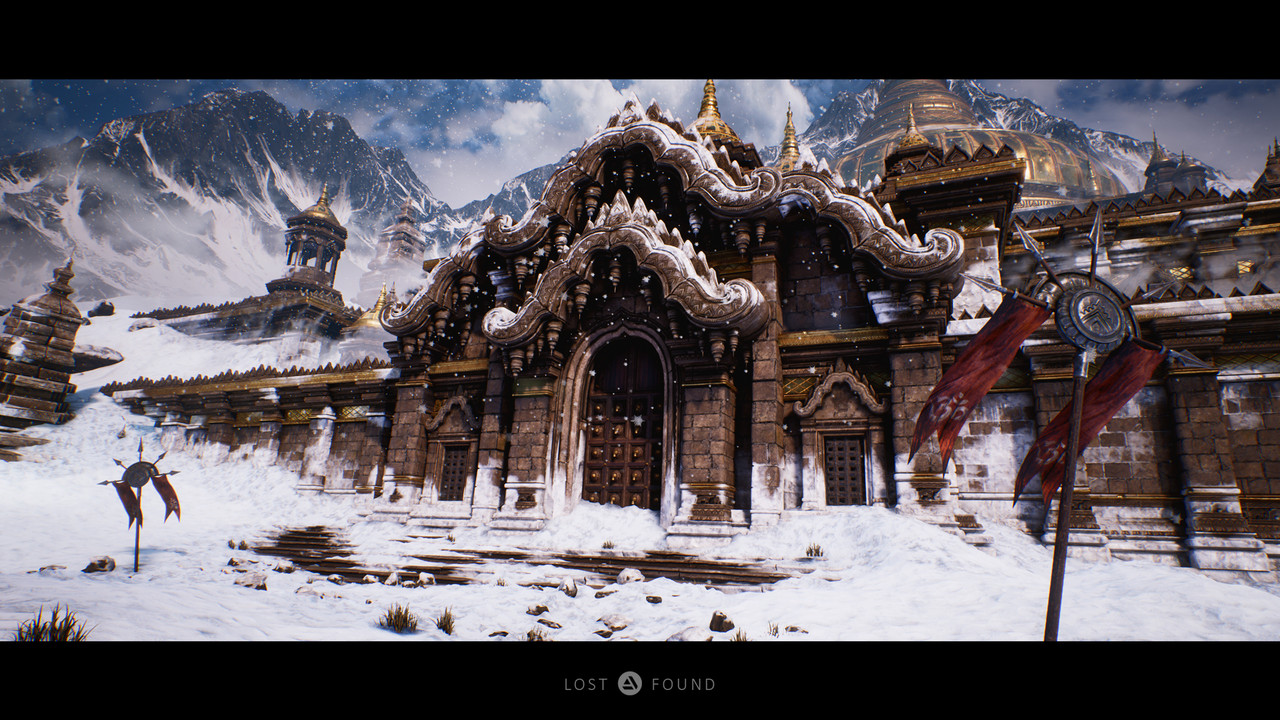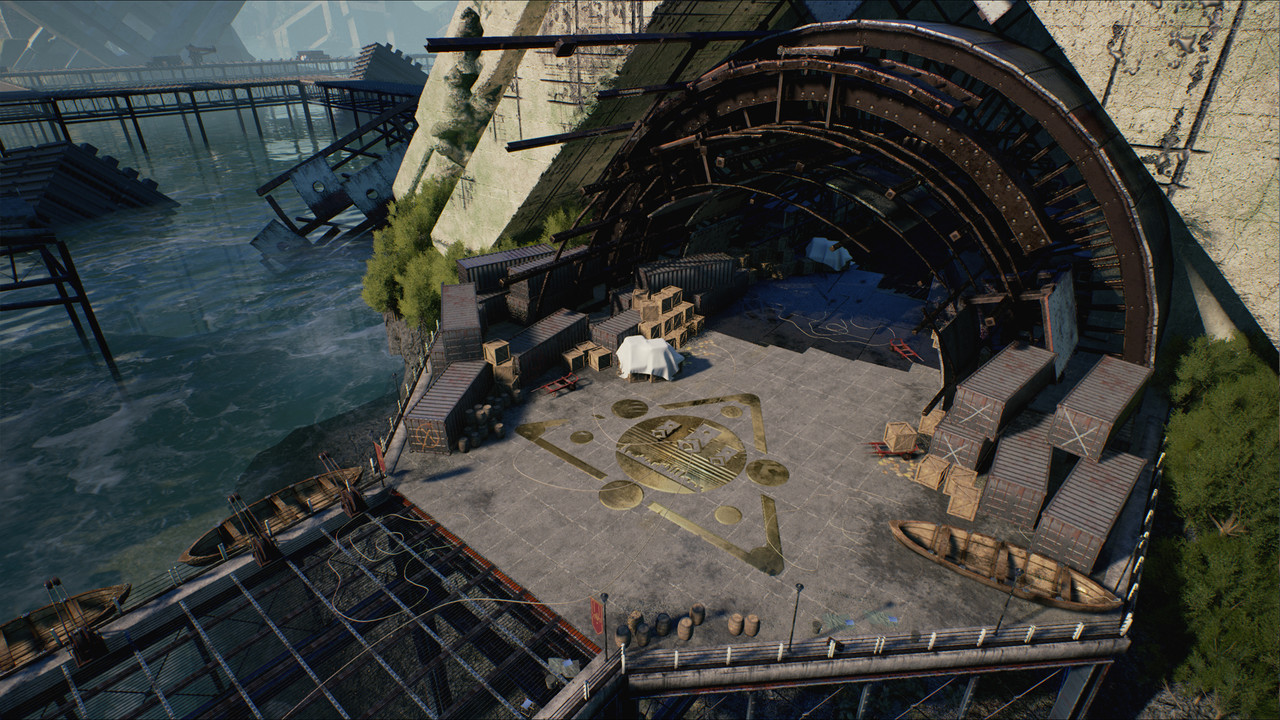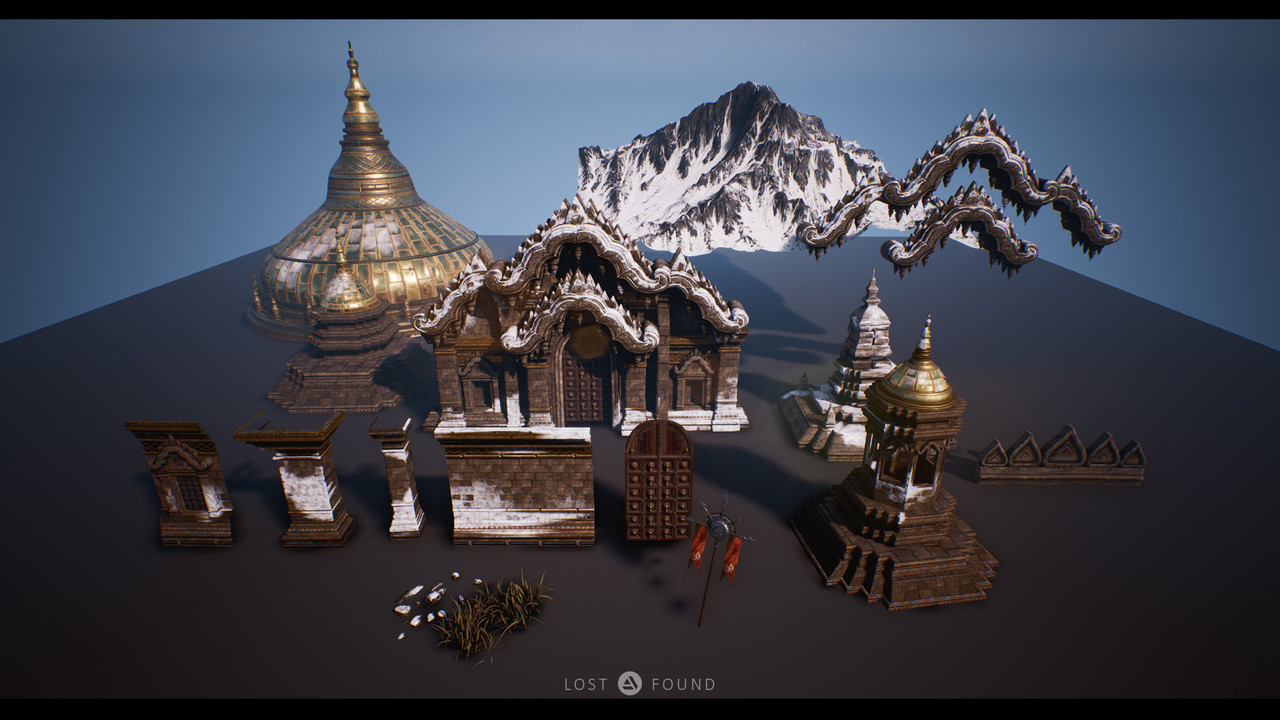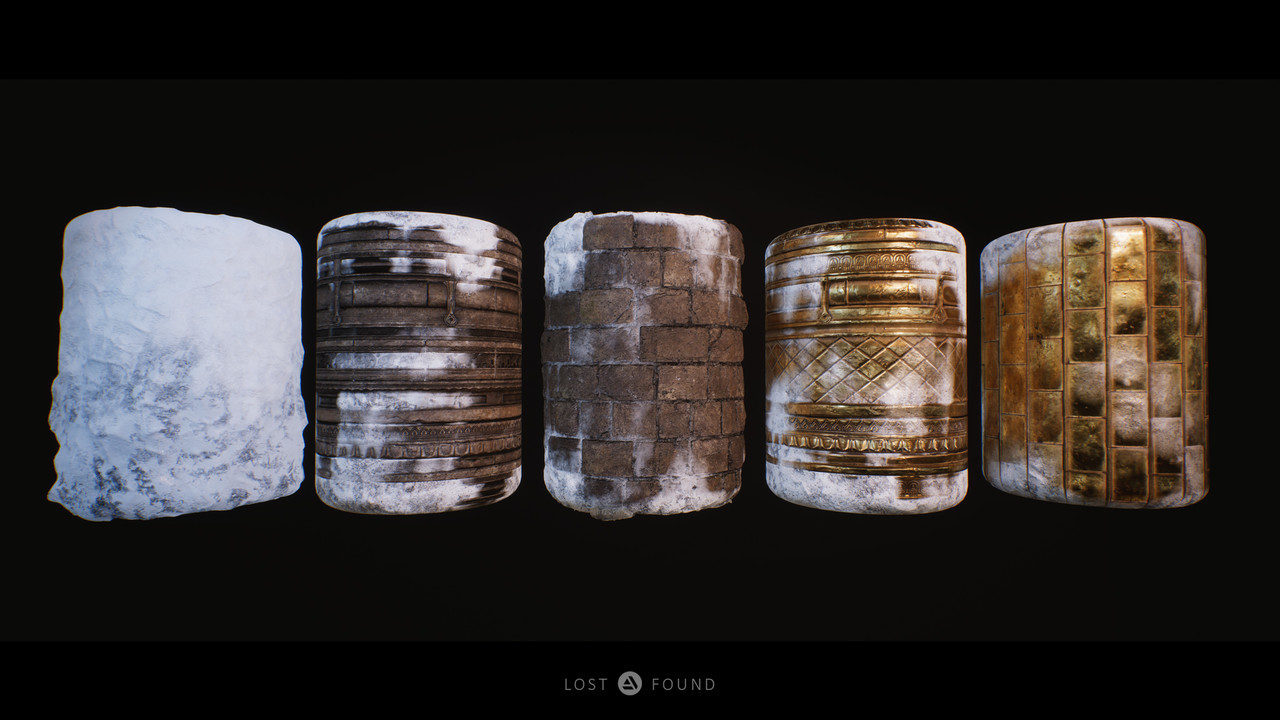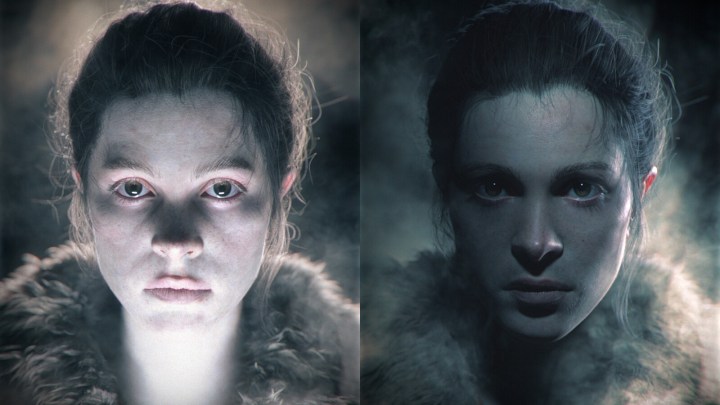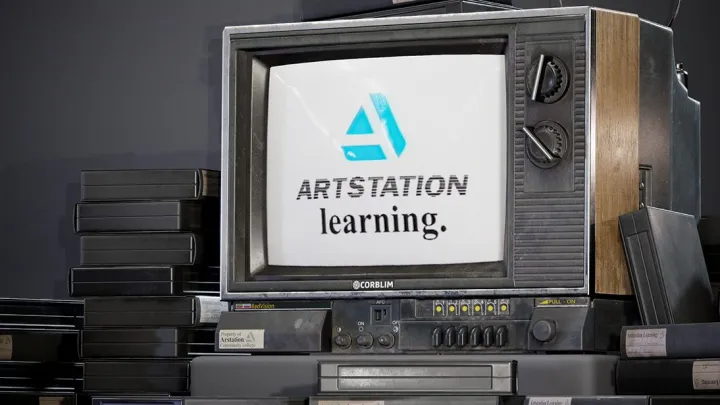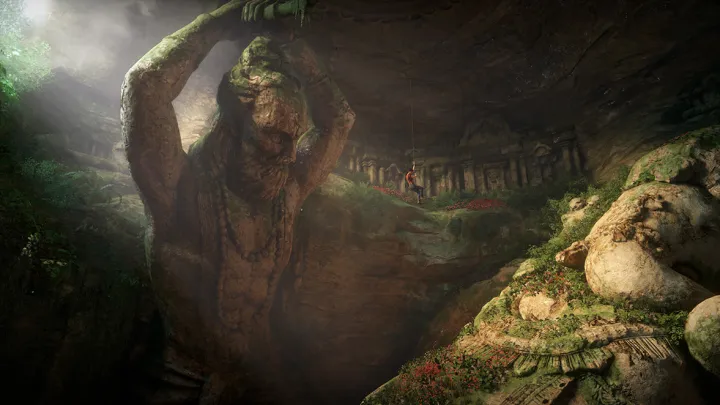Ancient Civilizations: Game Environment Winners Interview
In the Game Environment art category of the Ancient Civilizations Challenge, challengers were given the opportunity to build on the concepts from Phase 1 and create a 3D environment for a game rendered in a real-time engine.
With some people spending over a hundred hours on their submission, it’s worth a look to browse some of the incredible entries. See them here.
Learn from the Game Environment winners Floyd Billingy, Alexandra Peer and Desmond Man in this interview where they share how they planned their work and overcame obstacles, their strategy, favorite other submissions and much more!
There was so much attention to detail in all your submissions. What kind of planning or lists do you create for yourself to accomplish this?
Floyd: I made a big old excel document with columns and headers and times all calculated and then I stuck to none of it unfortunately. In the end though it was good for working out initially what was needed to make the scene work from an environment art perspective.
Alexandra: This was my first contest and I did not have any complete environment before. I didn’t have any lists or plan, but I had this bizarre idea that I wanted to shape. As there were no finished concept to look at I’ve spent a lot of time experimenting with blockouts and found myself 2 weeks away from the deadline without anything that would satisfy me, and I realized that I have no time left for search and had to make decisions really fast. The atmosphere was a main thing in the scene and all the details were born based on it.
Desmond: I always start out with a visual analysis, you drop down what in this scene needs to be built and you dissect the concept materials down to it’s fundamentals. You create that spreadsheet that essentially tells you what parts are bespoke and what can be done in modular and then afterwards all that’s left in the equation is problem solving. You define your methods and pipelines to obtain the effect you want in the concept and you make sure you have a backup solution in case that workflow doesn’t achieve the results you want. You also need to know when it’s the right time to call it quits on an asset so you can keep building because spending a week on a single model in a schedule this tight is a very effective way to not complete the challenge. I essentially worked two full-time jobs 9-5 at the studio and then 6pm-1/2am on my week days and then the entirety of my weekend from 9am until 11pm working on this, what I realized I couldn’t end up completing on my list during the weekdays I’d pick up the slack on the weekends, I generally left Sunday as a blank day to comfortably build and clean up things that fell out of my initial schedule.
What kind of game do you think your environment is best suited for?
Floyd: The environment I made for this competition I reckon could sit nicely in an 3rd person adventure game. I’m thinking Tombraider/uncharted. This could just as easily work in something 1st person with similar themes and mechanics.
Alexandra: Alice: Madness Returns was a major inspiration for this scene and I imagined something like it. As if the perception of reality got shattered and Alice was moving deeper into her subconscious madness. Those matryoshkas could be easily evil bosses or even allies that would rap riddles or give hints to solve puzzles.
Desmond: I personally always saw this being an environment suited for something of an RPG/MMORPG genre, mainly because there was so much life present in the concept that hinted areas of exploration which captivated my decision to dive into this.
Floyd and Desmond, chose to pick a concept from Phase 1 of the Challenge. What drew you to the concept you chose?
Floyd: Andrew Collins‘s concept jumped out at me initially because of the depth, scale and composition. It also had a great theme I could instantly imagine expanding upon. This was big for me as the scale would make or break the scene in production and the theme would above all drive interesting eye candy.
Desmond: Leon absolutely astonished me with the world he created and I saw a huge potential in story telling from what I could see. If I could break down what I really felt the moment I saw Leon’s concept into raw emotion it would probably be that I was thrilled, thrilled because I saw an extraordinary concept which felt like an invitation to his working canvas, the concept was so detailed and refined yet it was still so ambiguous. I saw an opportunity to carry on with what Leon had, not only directly build what he had but to add some of my own ideas along with it.
What was your main motivation for participating in the challenge?
Floyd: I really wanted to push myself to do something I don’t normally do in a professional and personal capacity. I tend to lean more to scifi in personal projects so this competition gave me the opportunity to push myself in another direction. The exposure is always good but it was mostly getting a deadline and constraints attached to a personal project that made me want to join in. Also the opportunity to bounce ideas off other artists and see other peoples workflows and tricks.
Alexandra: I wanted to participate in some sort of environment contest for quite some time, to evaluate my level, to see what I can do and how the CG society would accept it. During the contest my main focus was to bring my idea to life.
Desmond: I think my biggest motivation was that I wanted to see how far I had come as an artist, how tough my skin was. I’m generally a very motivated person and I have been on a consistent working binge to be better than yesterday’s me and this challenge was definitely another exercise I felt was necessary for me to try in order to become better at what I love doing the most but most importantly… I did this to have fun, so placing where I did was something I never anticipated.
Tell us a little bit about your strategy and process for creating your piece.
Floyd: The strategy was simple. Keep it minimal but powerful. A lot can be achieved with effects and lighting so focus on what needs to wow the viewer. I wanted to create a small and cleanly modeled base architecture set that used detailed and interesting materials. The shapes and composition had already been created for me in the concept. I just had to make it work and put my own little spin on it.
Alexandra: From the beginning I wanted to make a scene not only for few screenshots, but for a 360 camera fly through. Unfortunately, I didn’t make it for the final submission and managed to add it only after the deadline to my ArtStation page along with marmoset viewer and extra screenshots. In fact I was working until the last minutes of the deadline and here Substance Painter played a big role helping to make textures really quick.
Desmond: My strategy? Panic, scream and cry until something gets made! All jokes aside, my strategy during this project was to aggressively attack the largest contributing factors of the concept first and worry about the rest later. I tend to have a process where I build things all at the same time, what this means is that as I built the tower pieces I would also switch to sculpting rocks and when I stopped sculpting rocks I started building placeholder substance materials. You’re probably wondering why I work with such a messy routine and it’s generally because when you reach the moment your brain feels like the task has become tedious you get bored and you get lazy. My main purpose was to keep myself stimulated and just keep creating like a mad man because it was a hard fact that I had so much left to do. My most effective strategy for time management is also pretty simple, I extend my blockout phase further than greybox and into blockout textures. The reason I do this is because it eliminates the chances of me getting too attached to that piece of artwork only to later on find out it doesn’t fit in too well.
Were there any other submissions you were following? What’s another submission that stood out to you in the challenge and why?
Floyd: There were so many other submissions that stuck out to me but these are the ones I followed most intently.
Dofresh did a submission for the Keyframe concept art that really got my mind working and kicked the imagination into overdrive. Carlyn Lim‘s approach to his character design was inspiring. The individuality of each character mixed with the cohesive shape language and colour palette that brought them all together blew my mind. Of course Andrew Collins‘s awesome and invaluable submission for the environment design competition – I wouldn’t have got to the finish line without it.
Alexandra: I tried to follow every entry but the work of Nastya Ermakova caught my eye for its atmospheric fairy tale look.I think that this contest became a big experience for all beginner artists who took part in it.
Desmond: Oh, I was following everyone… I think I would check the challenge updates like several times an hour all day just to see what people were doing; and seeing what these other artists were doing only made me want to work harder and faster.
A submission that stood out to me would definitely be Timothy Dries, I loved his environment because he really nailed that concept and brought a wonderful sense of scale in his shots, his lighting felt comfortable and very well focused almost as if I were sitting at a drive-in movie theatre when looking at it. Other than Tim I’d really like to take this space to give a shout out to Karen Stanley because she had basically lost out on a month of this challenge time due to her not having a work station because she was moving and she managed to rejoin and absolutely blast through this challenge and complete it with some astonishing quality. Gotta respect the hustle.
What was the hardest part?
Floyd: The hardest part of this comp was deciding where to pick my battles. I had a hard time deciding whether I should sculpt some really interesting statues or focus on getting the shape of the architecture set nailed. So much to do with so little time. In the end I think I found a good balance.
Alexandra: The hardest part was the end, especially the last 4 hours. At that moment I decided to fix lighting and it was a big mistake, that turned into lots of light artifacts. I did not have time to make a proper presentation and was very upset with the result. Also after it was finished I felt the emptiness as the previous 2 weeks I spent in the insane rhythm, I had something that fully consumed me and then all of a sudden it went away, and for the next few days I didn’t know how to fill that emptiness.
Desmond: The hardest part was definitely the time that followed after the main structure was complete… Have you ever tried to create & populate a structure that’s 440 meters (147 floors) high while trying to maintain the element of real-world human scale with less than 3 weeks left? It’s a nightmare… whatever you build to aid story telling basically doesn’t even show up in the final composition. That was definitely the most frustrating part of the project because it almost felt like I had nothing to show at the end of every update, it was disheartening but in times like that there’s something you generally need to remember and it’s that no matter how little impact it seems to make to the final shot it’s still adding and you need to remember to stay patient which was exactly what I did.
What did you gain from participating (apart from winning)?
Floyd: I think we all gained some insight into how much is possible given time constraints, where best to pick battles and how to create the most visual impact. The other big gain from winning I suppose is the exposure. Although I entered to push myself and not my view count.
Alexandra: Experience, a finished environment and attention from the CG community! It’s hard to motivate yourself to finish any work so it was great to have a contest as motive and a fixed deadline, otherwise it would have taken me a lot more months to finish something like this.
Desmond: Passion, more and more passion for what I do. I love this industry, this craft and I love everything about it. So what I gained was more fuel to keep climbing. On wards and upwards.
What’s your advice for future challengers?
Floyd: My advice to future challengers is to choose something that tickles your imagination . Whether it be a concept or just an idea, choose it if it makes your minds eye see something more, this will help you keep going through the hard parts. Keep the size achievable and decide what you really need to do to take it to the finish line. Some things may seem important but really they aren’t.
Alexandra: It’s a good idea to plan each stage to know exactly where to stop searching and start doing.Don’t work on one piece for too long and don’t postpone important elements till the final moments.Presentation is very important as it can ruin or empower you entry, leave at least few days especially for that.And the fresh head is your main ally!
Desmond: Avoid that temptation to let your dinner ingredients expire in your fridge while you order take out to “maximize your production time”… and just believe in yourself. I honestly had no idea I’d come this far. So just join and have fun!
See more entries for the Ancient Civilizations Game Environment Challenge here.
